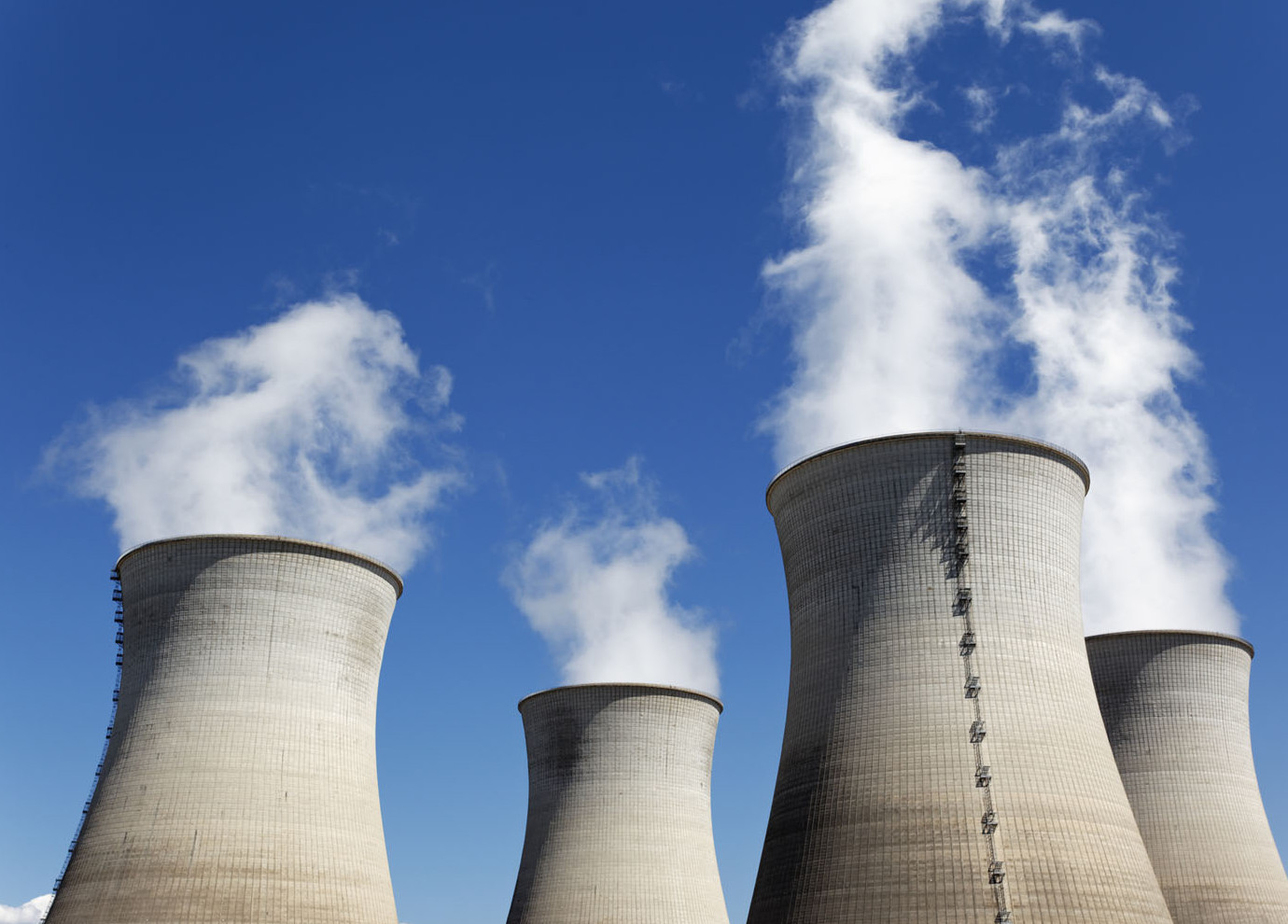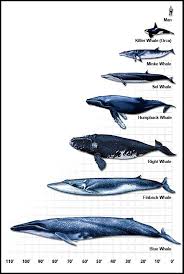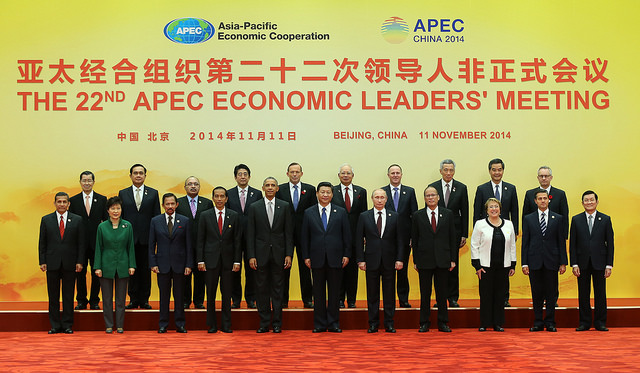Current Affairs: “Active Pacifismâ€: Drivers, Decisions, and Direction of Japanese Defense Reform
Since sweeping back into power in December 2012’s lower house victory, Japanese Prime Minister Shinzo Abe has pursued a series of reforms aimed at keeping his increasingly marginalized country a tier-one power. Among these efforts, Abe’s plan for reviving the long-stagnant Japanese economy, dubbed “Abenomicsâ€, has received the most attention.
In the past several months, however, attention has begun to shift toward his government’s ambitious plans for defense reform. These include a National Security Council (NSC) designed to help Japan better coordinate its defense and diplomacy, revised National Defense Program Guidelines (NDPG) outlining military strategy and force structure planning over the next ten years, and the first ever National Security Strategy (NSS) explaining Japan’s comprehensive foreign policy. The new, more assertive national security policy supported by these reforms has been described by Abe as “active pacifism.â€[1]
Abe’s historic opportunity to reset Japan’s national security policy results from a confluence of international and domestic drivers. The most material of the international drivers is undoubtedly the growing threat of China. The past several years have seen a rise in tensions between the two Asian powers, coming to a head in the Senkaku/Diaoyu Islands dispute. The recently released NSS and NDPG confirm China’s central role in Tokyo’s plans to bolster its defense, emphasizing Chinese military activity near the disputed islands and China’s recent imposition of an Air Defense Identification Zone (ADIZ).
An important but more ambiguous international driver is the state of the U.S.-Japan alliance. The NSS argues that Japan needs to make a more “proactive contribution to peaceâ€, committing more to its military alliance with the United States.[2] While this move reflects American pressure, it may also reflect Japan’s growing insecurity as to whether the United States will—or can—honor its security assurances, with the United States’ lack of demand for China to rescind its ADIZ playing on these fears.
While China and the United States serve as international drivers for Japanese defense reform, Japan’s domestic politics provides the logistics for these changing policies. A shift toward a more conservative public attitude, along with frustration over the Democratic Party of Japan (DPJ)’s leadership, resulted in a decisive victory for Abe’s Liberal Democratic Party (LDP).[3] With both the lower house and upper house under their coalition’s control, the LDP is now comparatively free to apply their conservative mandate in pursuit of defense reform.
Abe himself, who determinately came into his position with the personal goal of Japan becoming a “normal countryâ€, heightens the shift toward a more assertive national security policy. His surprise decision to visit Yasakuni Shrine suggests that, despite a recent trend of realism, Abe’s personal ideology will continue to have a bearing on Japan’s political trajectory.
All of these drivers have paved the way for a number of developments. Japan will pursue a 5% increase in defense spending for the next five years, leveraging the Japanese lead in technology and focusing on Chinese vulnerabilities. In practice, this means the development of a marine corps, integration of unmanned drones, strengthened real-time military intelligence capacity, and an operational commitment to respond effectively and immediately to Chinese intrusions into disputed air and maritime space.
Concerns about the extremity of potential defense developments persist, particularly in light of Abe’s widely panned visit to Yasakuni Shrine. In this more assertive vein, the Abe administration has promised to review Japan’s ban on arms exports. However, the more controversial pursuit of “first strike†military capability has been left out of the current plans. Additionally, while Abe predicted in his New Year’s comments that the country’s war-renouncing constitution “will have been revised” by 2020, the current plans make no mention of this.[4] Abe is expected to aim to lift Japan’s ban on exercising the right to collective self-defense, but has delayed this decision until after the passage of next year’s budget in April due to opposition by LDP coalition partner New Komeito. Furthermore, while there had been some concern that Abe was going to pursue aggressive defense reform at the expense of the economy, his recent statement that “The Abe administration’s top priority will continue to be economic revitalization in the coming year†provides hope for moderation.[5]
The result of Abe’s defense reform, then, is a generally pragmatic national security agenda that builds on the direction set by Abe’s predecessor, Yoshihiko Noda.[6] Per U.S. Secretary of State John Kerry, Japan is set to play “a more modern, engaged role.â€[7] The task for Japan’s partners—most principally the United States—is to help Japan keep this agenda pragmatic and progressing by addressing the primary drivers of Japan’s defense reform.
While China’s rise and insecurity about the United States have been useful proponents of Japanese defense reform, Japan must be reassured on both fronts to guard against potentially destructive insecure behavior. To keep defense reform on track, realist Abe must be kept on track and in a strong position. Paradoxically, this depends most of all on encouraging a maintained focus on the economy, a move that will provide the political popularity necessary for Abe’s defense reforms to run their course while simultaneously turning Abe’s gaze from more extreme national security options. Ultimately, in assisting with Japan’s development of an effective and realistic national security policy, Japan’s partners can give credence to Abe’s claim that “Japan is back,†while maintaining regional security.
[1] Hofilena, John. “PM Abe Publicly Declares Need to Revise Japan’s Pacifist Constitution.†The Japan Daily Press, 2 Jan. 2014.
[2] Japan’s National-security Strategy: Island Defense.” The Economist, 21 Dec. 2013.
[3] “How America Should Handle a Changing Japan.” The Financial Times, 6 Nov. 2013.
[4] Keating, Joshua. “Asia’s Unfinished Family Business.” Slate, 2 Jan. 2014.
[5] Sekiguchi, Toko. “From the Horse’s Mouth: PM Abe Stresses the Economy.” Wall Street Journal, 7 Jan. 2014.
[6] Green, Michael J. “Reading Abe’s National Security Strategy.” Lowy Institute for International Policy, 18 Dec. 2013.
[7] McCurry, Justin. “Behind Japan’s New Military Plans: China, Nationalism, or Both?” The Christian Science Monitor, 18 Dec. 2013.




